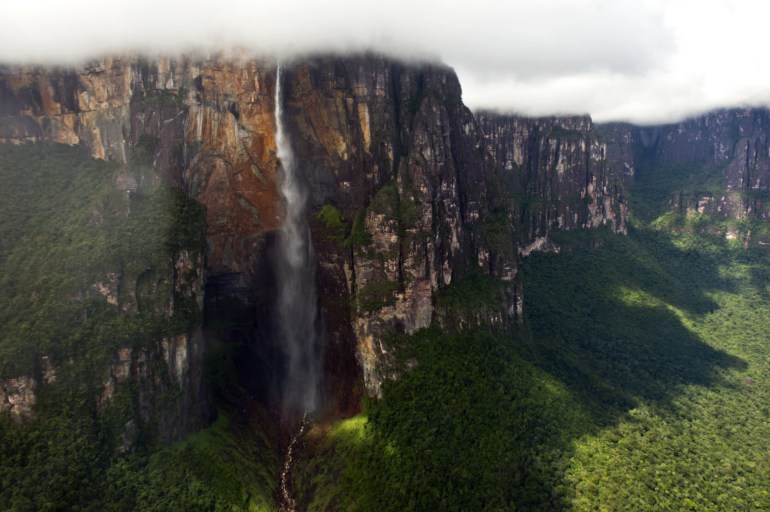Do you know where the coldest place on earth is located?
Or where is the highest waterfall in the world located?
And why do Earth's magnetic fields flip every million years or so?
How much does the earth's atmosphere weigh?
If you do not know the answers to the previous questions, which came in a report published by the British newspaper The Independent.
Where is the coldest place on earth located?
Antarctica is the coldest place on Earth, with average temperatures of minus 50 degrees Celsius.
The coldest place in Antarctica is the Russian Vostok station, where temperatures as low as minus 89 degrees Celsius were recorded.
Russia's Vostok station is the coldest place in the Antarctic, with a temperature of 89 degrees below zero (Getty Images)
Where is the highest waterfall in the world located?
The Salto Angel Falls in Venezuela is the highest waterfall in the world, with a height of 979 metres.
An aerial view of Angel Falls, located in the state of Bolivar, in the Gran Sabana region, southeastern Venezuela (French)
What is the weight of the Earth's atmosphere?
If we assume that the Earth is a perfectly flat sphere with an air pressure of 9.65 x 10⁴ newtons per square meter over its entire surface, then the atmosphere weighs 4.9 x 10¹⁸ newtons, which is about 5 million billion tons.
The atmosphere weighs about 5 million billion tons (Shutterstock)
Why do the Earth's magnetic fields fluctuate approximately every million years?
Earth's magnetic fields are now believed to be produced by a complex system of electric currents circulating in the molten part of the Earth's iron core.
The reason for the existence of electric currents is that molten iron is a good electrical conductor and is subject to continuous stirring as it passes its heat up to the solid layer that covers it.
Earth's magnetic fields are produced by a complex system of electric currents circulating in the molten part of the Earth's iron core (sites of contact)
So those currents produce a magnetic field in a similar way to an electromagnet, but the whole thing is more complicated because the magnetic field interacts with electric currents and continues to change the convection pattern.
The magnetic field is complex inside the Earth's core, but fortunately, the effect seen outside is less than that, and the Earth's field we measure at the surface is somewhat like that of a slowly oscillating iron bar magnet.
This is why the direction of magnetic north slowly changes over time.

